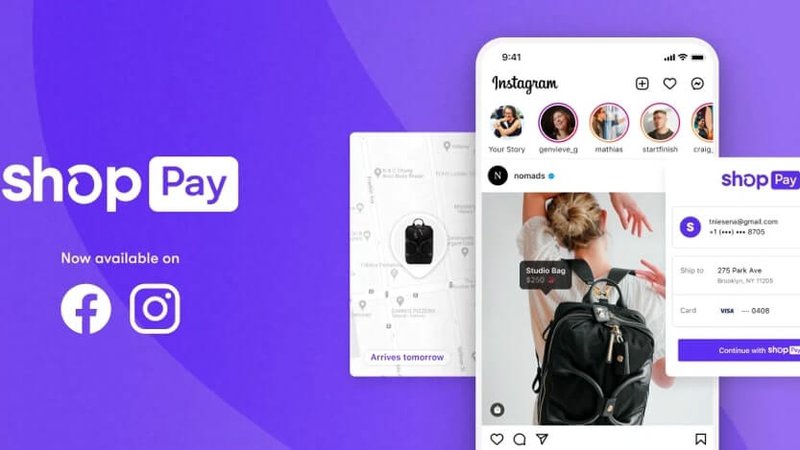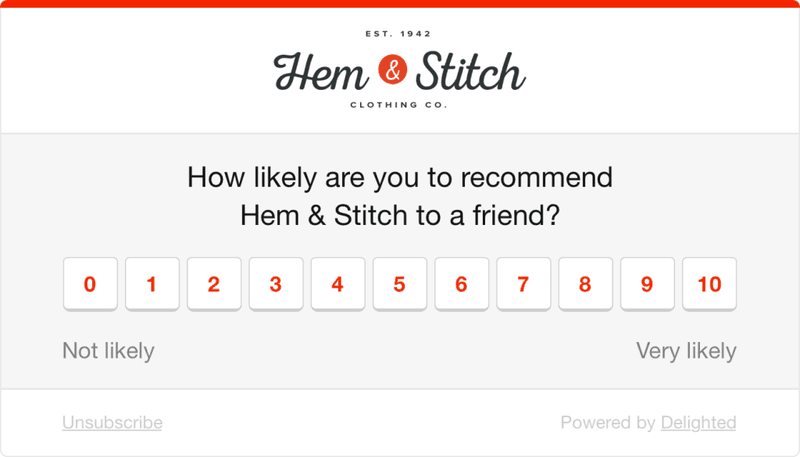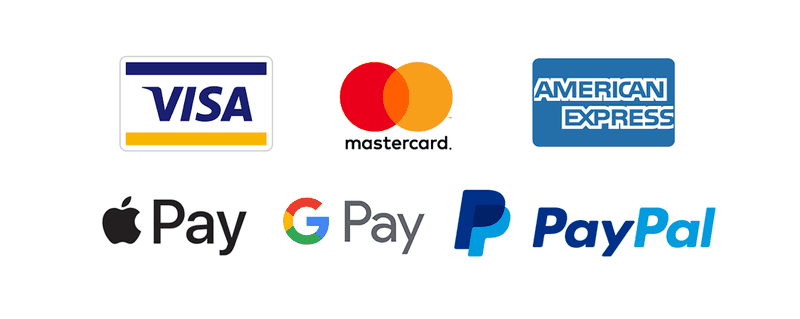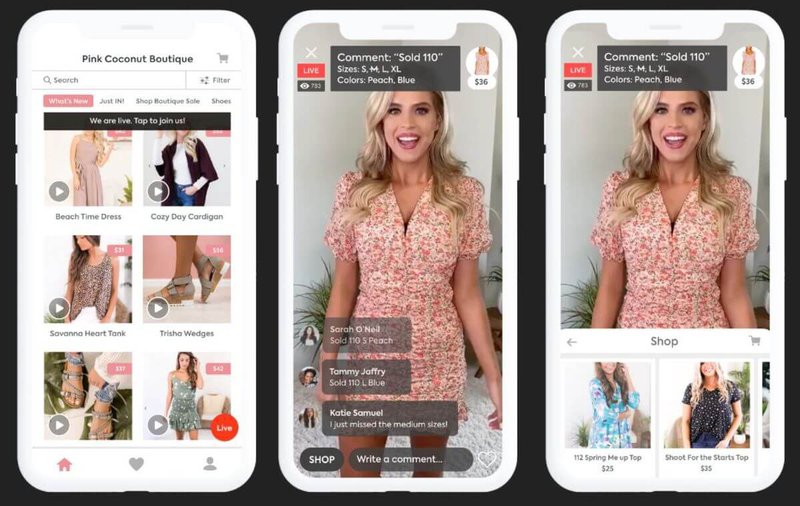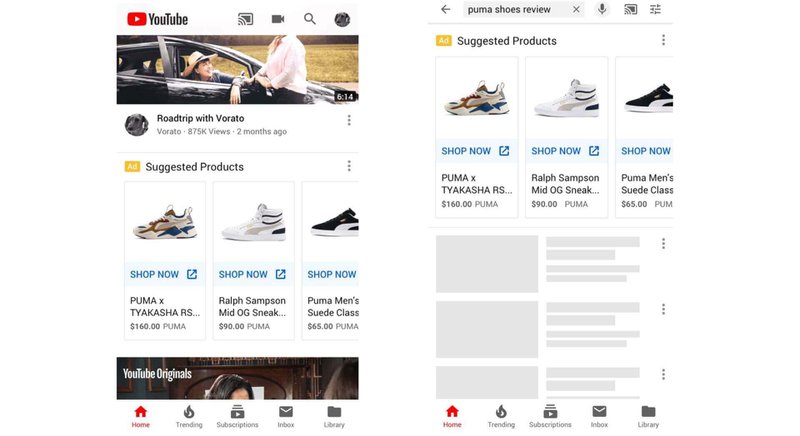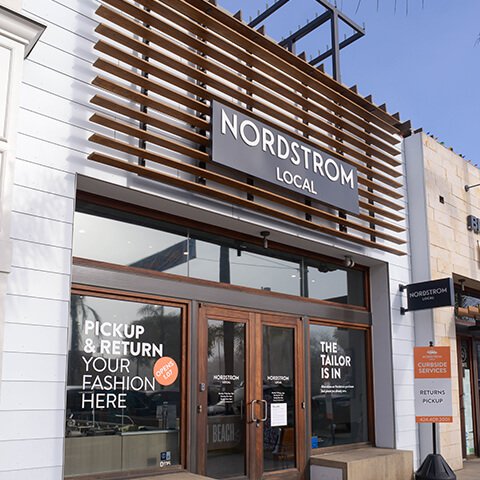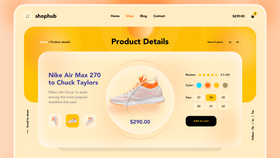[Interview] Scott Lux on Customer Experience (CX) & Social Commerce
Here's our interview with Scott Lux, eCommerce veteran with 20+ experience. Learn about the customer experience, social commerce, and omnichannel strategies.
Updated November 6, 2024
![[Interview] Scott Lux on Customer Experience (CX) & Social Commerce main image](https://entail.mayple.com/en-assets/mayple/61cc92179ee9863b82f54009_scottluxmaypleinterview_b4f5544c65bf426019c62212d9f9c0ff_2000-1699776101127.jpg)
One of the biggest challenges for eCommerce brands is to continue keeping their finger on the pulse of the customer experience, while frantically testing out all the new channels and marketplaces that are becoming available.
The customer journey is becoming increasingly difficult to study and it’s important for every brand to use their first-party customer data to map out the journey and identify key touchpoints and business lessons.
What is the best way to improve the customer experience? How do you balance your omnichannel strategies with common sense? How do you use data to improve customer acquisition and grow your bottom line? And how do you provide that stellar DTC experience if you’re a DTC brand?
To answer all of these questions we sat down with an eCommerce marketing veteran - Scott Lux. Scott has been in the eCommerce world for over 20+ years. He has been the VP of eCommerce at various iconic brands such as Diesel, Intermix, Theory, and Alice + Olivia. And has recently become the SVP / Head of eCommerce at an exciting new startup called NOW//With.
Scott has absolutely wowed us with his depth of knowledge and insight on social commerce, CX, and so much more. Here’s the video and the full transcript.
How Scott started in digital marketing
I started my digital career back in Seattle, the first dot com boom. And I've always been passionate about technology but had the opportunity to work on the agency side. So I started by running account strategy for a small agency that was later acquired by Wunderman Thompson.
What was great about that role is we were one of the very first agencies to really look at data and analytics. And so before we would put pen to paper, do any creative, we would always take a look at - “what are the success metrics? How do we measure those and how do we optimize if it's not working well or how do we celebrate the success if it's working well?”
And that was back in the early 2000s and it stuck with me throughout my career.
One of the things that were interesting on the agency side is when we were first starting in digital, most of our sites were really focused on experiential marketing and, but we were still driving the traffic to another channel.
So for example, we would create a beautiful website, create engagement, social media was just starting to take off a little bit, but it was still to drive the traffic to another channel.
When I moved to New York around 2008, after we got acquired, I started to see the second shift within the digital world where small to midsize brands were starting to move to eCommerce enablement. And they were finally starting to realize that eCommerce is going to become a big trend and that they should pay attention to it.
Then I had the opportunity to work with Demandware and Salesforce and launch a couple of key brands in their eCommerce infrastructure. So my role changed to a general manager role owning the PnL.
I was focused on digital marketing, operations, and site experience for brands such as Diesel, John Barbados, Intermix (which is owned by Gap), Theory, and Alice + Olivia.
And then most recently I decided to make the pivot still staying within commerce, but moving a little bit out of retail to a social commerce startup called NOW//with. So that's a very high-level view of my digital journey.
The rise of eCommerce
When eCommerce first started out, 10-15 years ago, there was a lot of debate among the bigger brands. There was a lot of talk about the potential of eCommerce to become a lower-cost channel for brands to operate. But it was still kind of treated by a lot of brands as a hobby.
Then around 5-10 years ago there was a shift where the technology started to grow pretty fast, where you now had these SaaS-based firms like Demandware and Magento. Then you started to see Shopify come into the mix. So this entirely new ecosystem opened up and at the same time, the cost of data was going up.
The management part of eCommerce unlocked a lot of capabilities but quickly became expensive. But then the DTC brands were able to launch in a way they couldn't have done before.
The old retail model was that you had to get distribution through wholesale partners because it was too expensive to launch on your own. Shopify kind of unlocked that a bit and you also had really cheap media from Facebook.
Facebook came along and unlocked the capability of launching targeted campaigns. Brands could now cast a wide net with Facebook lookalike audiences, and you could do a similar approach with Google.
So a lot of DTC brands, the Caspers and AllBirds of the world, were able to get really quick traction in audience and awareness. Suddenly the COVID pandemic hit and you started to see these DTC brands overtake the more traditional brands. Suddenly, everyone understood the importance of having an eCommerce presence.
The cost of paid media doubled during the pandemic
As a lot of brands started to spend more, the cost of media started to skyrocket. What I experienced at Theory and Allison + Olivia was we almost saw a doubling of the media costs over a year time period.
It got to this point where the return on investment wasn't sustainable. So you had that first headwind and then second, you had the iOS changes with privacy coming up where I think right now the latest stat that I've seen is that about 95% of users have turned on their privacy. So brands no longer have this easy access to do lookalike targeting.
The importance of first-party data
That’s where it has come to a head and that’s why I'm optimistic. The challenge, and the opportunities, lie in leveraging first-party data.
That's where you start getting into social commerce. A lot of times, brands and marketers try to change customer behavior and direct them to go transact somewhere else. And I think we're finally realizing if you were on TikTok, Snapchat, YouTube, a direct site, or physical retail, let the customer shop where it’s most convenient for them.
How to create an authentic customer experience throughout the omnichannel journey
It goes back to really looking at foundational principles around customer experience. And the way I define that is by looking at digital, physical, and people. And that really encompasses how a brand will manifest and move throughout that ecosystem. The first step is recognizing those three pillars. They are critically important to brand success.
The second component is you have to do research. You have to understand what are the customer journeys and actually map those out. So if you are a fashion brand trying to acquire new customers, map out that customer journey for your target audience.
And You would be surprised at the path that they take. We all know it's not linear and bounces around quite a bit.
When you map out the touchpoints and you can understand which ones are critical to the customer's success or failure within that journey and focus on solving or putting your attention in those key areas.
For example, if discoverability is now being pushed to social, which I believe it is based on influencer marketing, then that's probably one of the key areas you should look to focus on. Then look at where the transaction happens. How do we stay in touch and continue to message that customer so that it makes it easy for them to interact with the brand?
The best way to do customer research
The net promoter score (NPS) has been a benchmark for a while. But I think brands will really start to focus in on how do you measure customer satisfaction? How do you do NPS at kind of a journey or touchpoint level instead of an aggregate?
It will force brands to look at more quantitative and qualitative research. At really understanding the macro trends that are impacting potentially their vertical but also doing research on their own customers.
I think a lot of brands don’t take advantage of it. It's really easy to deploy a simple survey. You can do a post-purchase questionnaire. You can actually shadow customers in-store, you can track them online just by doing heat mapping.
So there are certain ways you can start to get some of that data. Knowing what your customers are actually doing will help determine which direction you should take.
The best way to do an NPS survey
NPS involved the classic question of - “would you recommend X brand to a friend or family member”. You can conduct an NPS survey on an aggregate level or based on a journey or transactional point.
So it could be, you walked into a store and asked that question, or it could be that you made a simple purchase or you received an email.
It also depends on what you're trying to uncover within that particular behavior.
A few good questions to ask:
- what other brands do you purchase from?
- where have you returned items recently?
- How frequently do you return?
Start by asking some of these questions based on the specific activity you're trying to learn more and solve for.
How to design the customer journey
You start with measurement.
If the NPS or the net promoter score is your north star, then go get some benchmarks on how other brands in your industry are performing. Then pick a specific goal - for example, to increase the NPS for your checkout by X percent.
Then you can start to measure and see if you are making incremental improvements towards that goal based on features and functionality that you're rolling out.
Then you start to test and iterate your features. For example, you may want to add Apple Pay, PayPal, or another 3rd party payment tool. You may want to change the way you do the add-to-cart element.
As you add each additional feature you need to see if it improves your add-to-cart rate and conversions. Ultimately these changes should add up and improve the NPS.
This way of measurement and incremental testing gives you a little more of a micro-focus versus the older approach, which was to redesign everything at once.
This method gives you that very prescriptive focus and a quick way to tell if it's working or not.
What is social commerce and how do you use it?
We learned this early on at intermix. For those of you not familiar with intermix, it's a women's fashion brand in New York. We had about 30-40 stores selling contemporary primary fashion designers.
We had amazing sales associates, and a lot of them were influencers in their own right. They could have 30,000-40,000 followers. And we started to see the shift to social commerce.
While you go to intermix because of the editing and curation and because you trust the styling associate in that particular store, you're also seeing them as an influencer and online. Then you have this entire ecosystem and you have celebrities getting into it.
So you and I may look for different inspiration. I'm an avid runner. So I follow a certain brand or runners online, and they may introduce me to a new product that I may want to try and haven't thought about before.
That's where you're starting to see that blending of content and commerce start to take off on social channels. We all know that the younger audience is participating in these channels as well.
Brands have a unique opportunity to sync up and leverage that influencer network that exists in a more precise and prescriptive way than what we were talking about earlier.
It’s way better than what were brands were doing in the past which was spending media dollars, uploading a lookalike audience, crossing your fingers, hoping that the creative resonates in two seconds. And then doing an attribution to see if it worked.
How do you balance legacy media channels with new media?
There’s always that trade-off and that's why you have a balance of your marketing tactics and efforts. Every brand I've worked with still relies heavily on email, because it does work. You can still personalize it, segment it, create audiences, and it’s relatively free.
Paid search is still a critical part of our ecosystem for media dollars. I just think shifting out of paid social into influencer marketing will have much more value. And it really fulfills that promise of going where your customers are.
The hard part is that in the US it’s very fractured. You have TikTok, Snapchat, Pinterest, YouTube, Instagram, and Facebook. Amazon's getting into the mix with live video and live streaming. It can be very daunting for a brand to know how to participate across those channels.
But you have to be there. And I think it's a more authentic and genuine way for a brand to show up if they are leveraging influencer marketing.
How do you get started with social commerce and influencer marketing?
It's like anything - test and learn. You really have to understand what metrics you're driving. I'm a big believer in the idea that not everything has to equate to a pure conversion metric.
For example, you can track the cost of customer acquisition with social commerce and influencer marketing much easier than in the past.
So if you target certain influencers, are they able to deliver a lower cost of acquisition? Can they drive more full-price selling and potentially higher lifetime value of your audience?
So that's one area I would start to test. Certain influencers may perform better than others across those metrics and certain channels, and it will vary by brand. So I think on the acquisition side, that's one component.
Brand awareness is another piece.
You can run lip brand lift studies through YouTube based on video views. Are you getting kind of a downstream effect? One of the good things about Google and YouTube is you have that entire ecosystem where you can run an awareness campaign on YouTube.
You can trace it all the way through without a messy attribution model to see how it's performing on paid search, Google Display campaigns as well as Google Shopping.
So I think those are some of the pieces you should start to look at and measure, and then just continue to test and optimize.
Use paid social to improve influencer marketing campaigns
Yes, because you can boost some of the influencer content that's created. That's one of the areas that the new company I'm with - NOW // With specializes in. We are not only making the video shoppable, but you'll have the opportunity to continue to boost those videos.
So we may create this beautiful campaign imagery or content at intermix for the launch of our spring or fall campaign. And we continue to boost that within our paid channels. That's where you're starting to see the two channels work hand in hand.
Social commerce is less disruptive for the user
The other challenge is to go back real quick, the good and the bad with paid social, especially Facebook for a while as it was one of the few channels that could actually interrupt what you're doing. For example, a user may be going through their Instagram feed, and suddenly there's a sponsored story or swipe up to shop.
That’s where we are seeing a shift from disruptive targeting to personalized content. With search and influencers, you have some level of intent.
A user may already follow someone that they really like or are passionate about or believe in. So they have, they’re following that influencer for a reason. Or they might be searching for a product for a reason.
Social commerce is way better that older model of paid social, where I'm just gonna target you and keep my fingers crossed that I can interrupt you enough to pay attention to my ad.
Physical retail is not dead
While everyone's racing to get into social commerce within these platforms, from a brand perspective, I still heavily believe that physical retail does still have a role. I'm based in Soho in New York. And when I go out for coffee at 2 or 3 PM, the streets are busy.
People are shopping because it's got that social component to it. People want to get out and shop. But for driving that awareness and customer acquisition, those are always have been and will continue to be key challenges. It's just the tactics and execution are now shifting and it's a lot harder and more expensive.
That's where you're seeing a lot of that shakeup, especially in the US. The older model for a brand was to open a store on Fifth Avenue or Madison Ave in one of these 24-hour cities because that will drive marketing. Someone will walk by the store, and that was your awareness marketing.
And suddenly that started to shift a little more to digital. Now you're seeing brands realize that they should build where the customers are. You see Nordstrom testing, smaller footprint stores here in the US, especially in Los Angeles and New York. Brands are building small local stores that are highly connected to eCommerce and digital.
The biggest tip to improve the customer experience
My biggest tip for eCommerce brands would be - make sure you have good clean first-party data.
- Take a look at the user behavior on your site
- Study the transactional data
- Make sure you have the proper segments defined
- Set goals and objectives across those segments.
The first thing is just getting your data stack set up and it doesn't have to be very complex. You don't have to build complex models.
Make sure you understand:
- What is our lifetime value?
- What is our spend frequency by segment?
- What audience do we absolutely have to protect and defend?
- Where do we need to get our growth from?
Recap
Growth doesn't always mean customer acquisition. It could be incremental growth like increasing your average order value from $300 to $320. Start to look at the entire framework and then layer in your marketing tactics and tests and see if you can use a particular channel to meet your goal.
For example - “can we get the customer to spend $320 by using influencer marketing or paid media?”. Continue testing, asking yourself these questions, and that’s how you will win.


